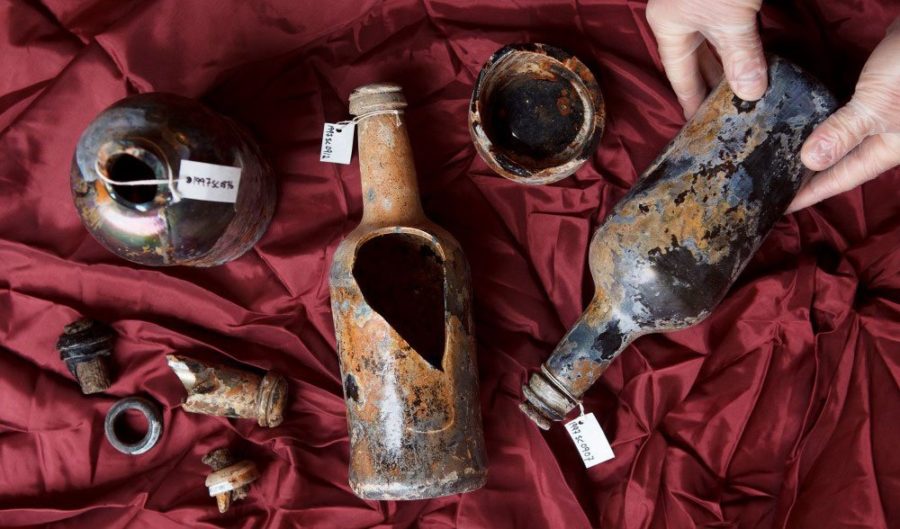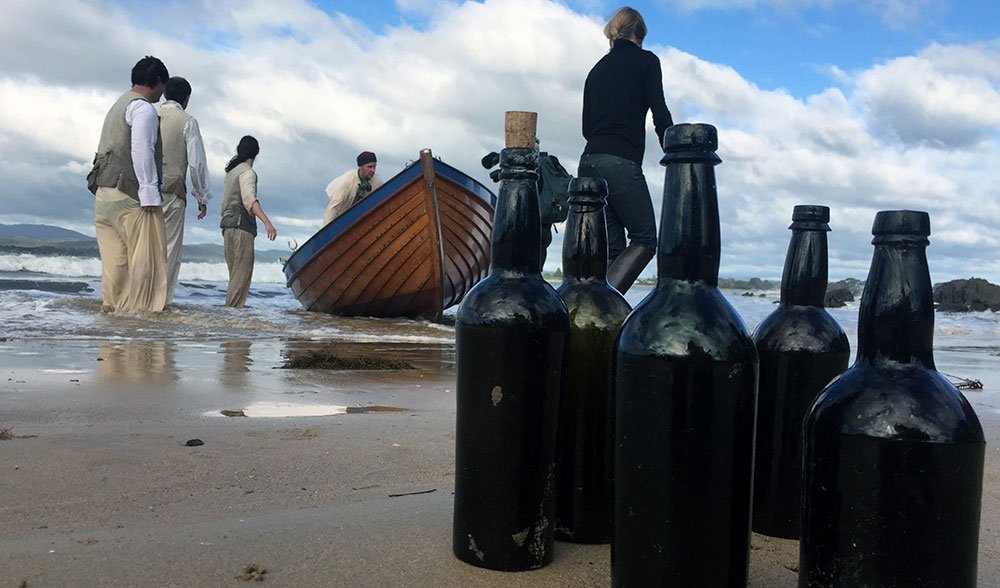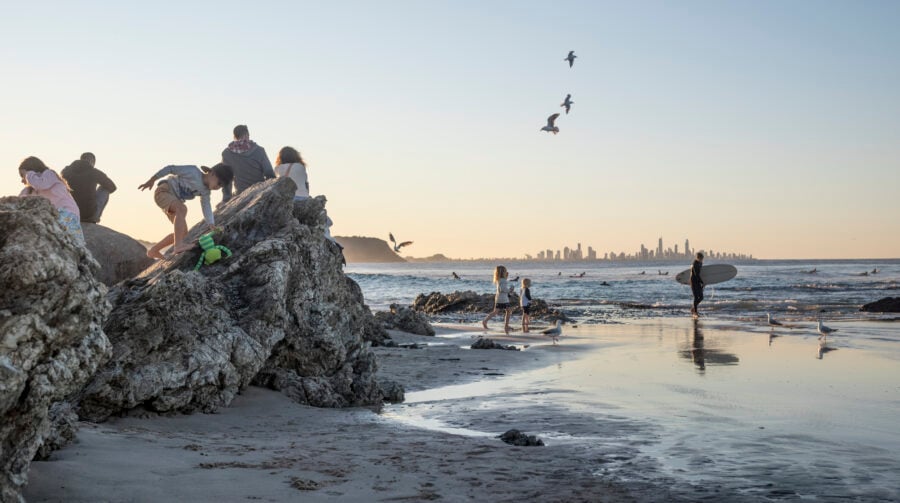Ancient beer brewed from shipwreck yeast

Artefacts from the 1797 wreck of the merchantman Sydney Cove are among the star attractions at the Queen Victoria Museum in Launceston. And bottles of liquid, thought to be the world’s oldest bottled alcohol from a shipwreck, are among the treasures making up the fascinating Sydney Cove collection.
The Sydney Cove was among the first merchant ships to set out to Port Jackson, established with Australia’s First Fleet of almost 1,500 marines and convicts nine years earlier.
When the ship sailed from Calcutta, India in 1796 her holds were crammed with a speculative cargo of tea, ceramics, rice, tobacco, and more than 31,500L of alcohol.
Alcohol was unofficial currency in Port Jackson in 1797, and the colony was hungry for it.
But the precious liquid cargo didn’t reach its destination: the Sydney Cove sank near Preservation Island, one of the Furneaux Group of more than 60 islands and rocky islets scattered across Eastern Bass Strait.
The alcohol lay forgotten beneath sand and seagrass until 1977, when the wreck was discovered by divers off the southern end of Preservation Island.

Mike Nash, a maritime archaeologist with Tasmania’s Parks and Wildlife Service, directed a program of excavation of the Sydney Cove between 1991 and 1994, uncovering artefacts ranging iron cannon and anchors to hundreds of bottles.
Some of the bottled alcohol was uncovered intact from the wreck, and is thought to be the world’s oldest bottled alcohol discovered in a shipwreck, says Queen Victoria Museum Conservator David Thurrowgood.
“Initial analysis of the alcohol was undertaken 25 years ago, and revealed grapes, port wine and beer. It was preserved thanks to secure corkage and by being kept cool at the bottom of the ocean.”

Two samples of beer were decanted when the shipwreck was initially salvaged back in 1990. Another sample, on display at the museum, was in a beer bottle with an intact seal containing liquid.
David, a former chemist, wondered whether it may still contain yeast.
“I thought we might be able to culture yeast and recreate beer that hasn’t been on the planet for 220 years,” he says.
David coordinated research into the intriguing liquid by assembling a team of scientists from France, Germany, Belgium and Australia to find out just what was inside the bottles.
A syringe sample taken from the unopened beer bottle was to prove disappointing, with Professor Alan Cooper, Director of the Australian Centre for Ancient DNA, reporting that the liquid wasn’t beer but perhaps castor oil.
The yeast from the previously decanted samples, however, yielded something special.
Using DNA technology, the team discovered that the 220-year-old beverage still contained live yeast – Brettanomyces, a yeast strain used in older brewing styles, and Saccharomyces, commonly known as brewer’s or baker’s yeast.
“As far as we can establish this is the oldest surviving yeast micro-organism from a brewery or pre-industrial revolution food source in the world,” says David.
As the decanted liquid was extracted in the museum lab 20 years ago, there is a small possibility that the yeast found was a later contamination. “However as the DNA of the yeasts found in the beer have genetic sequences unique to science, the research team believes it is highly unlikely that this represents contamination,” explains David.

Further museum research indicates that it is very likely the beer was imported from London to Calcutta in barrels before being bottled by local merchants for the journey to Port Jackson.
After isolating the live yeast, the team have used it to brew beer using period recipes. “The beer has a distinctly light and fresh flavour, giving a taste that has not been sipped for two centuries,” says David.
The museum plans to continue research into the yeasts and bacteria recovered from the bottles, if successful in obtaining funding, says director Richard Mulvaney. “We will also study the wine and spirits from the cargo, possibly enabling recreating other historic brews.”
To date several batches of beer have been brewed at the museum. “We hope to develop a commercial beer, called Preservation Ale after the island where the Sydney Cove sank, linked to the museum, to ensure future dollars for the Sydney Cove collection,” says David.
READ MORE:
- Gallery: Bugs mating with beer bottles
- 10 greatest shipwreck dives around Australia
- Australia’s beer-loving jewel beetle




